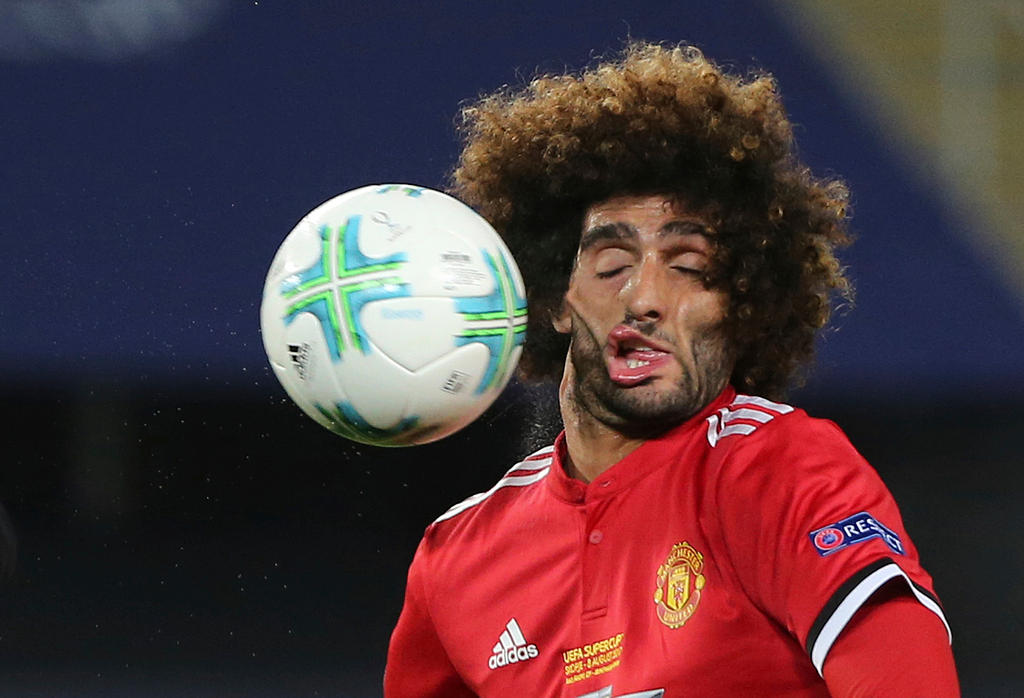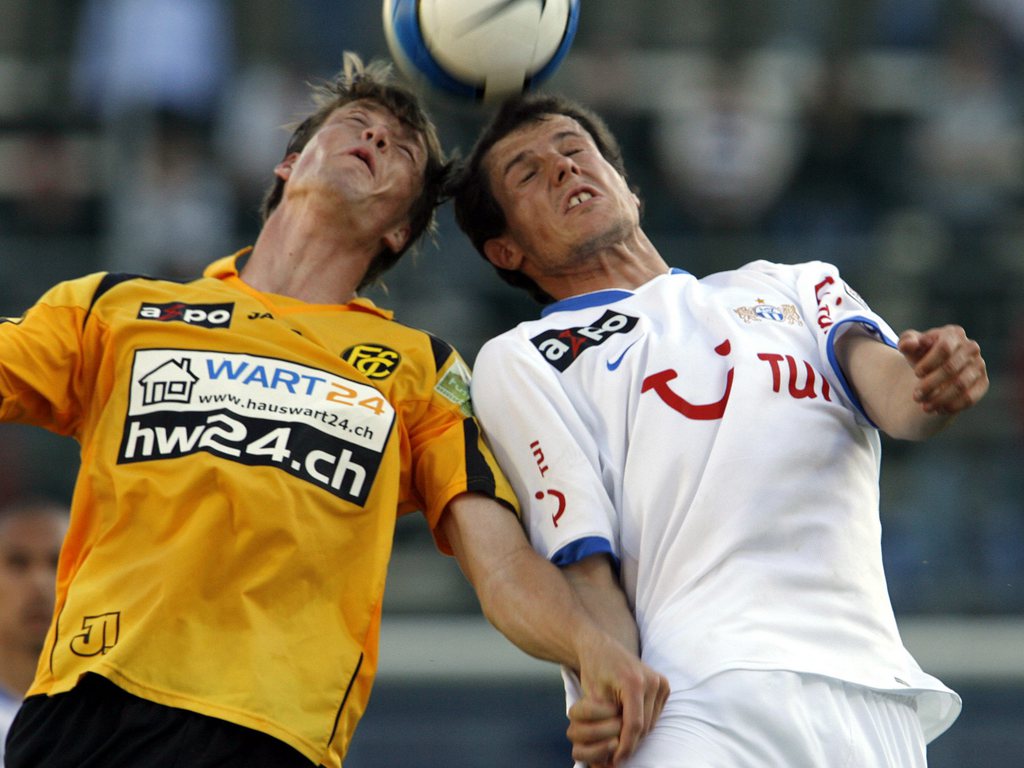
Geneva scientists develop blood-drop test for concussion

Scientists at the University of Geneva have developed a portable device capable of diagnosing within ten minutes mild traumatic brain injury, using a single drop of blood.
Every year in Europe, three million people are admitted to hospitals for suspected mild traumatic brain injury cases, the University of Geneva said in a statementExternal link on Monday.
Yet 90% of these patients return home safely as no trauma has been detected. Today, the only reliable diagnosis is the CT Scan, which is only available in some hospitals and, in addition to being expensive, exposes patients to radiation.

More
Concussion in football: is progress being made?
Researchers from the University of Geneva, in collaboration with the hospitals of Barcelona, Madrid and Seville, have developed a small device that analyses the level of proteins in the blood and allows, using a single drop of blood, to diagnose the possibility of a mild traumatic brain injury.
This discovery, described in journal PLOS OneExternal link, will not only relieve emergency departments and free patients from often long waits, but also save on costly medical examinations, the researchers said.
“We wondered if it was possible to isolate certain proteins whose presence in the blood increases in the event of mild traumatic brain injury,” explained Jean-Charles Sanchez at the department of internal medicine of specialties and the biomarkers centre of the university’s faculty of medicine.
“Our idea was to find a way to do a quick examination that would allow, during a boxing or American football match for example, to determine whether the athlete can return to the field or if his condition requires hospitalisation.”
Drop of blood
During a shock on the head, some brain cells are damaged and release the proteins they contain, increasing their level in the blood. The scientists gradually isolated four molecules indicating the presence of a brain injury: H-FABP, Interleukin-10, S100B and GFAP.
“We have noticed that the H-FABP level alone makes it possible to confirm that there is no risk of trauma in one third of patients admitted after a shock,” Sanchez said. The rest of the patients will have to undergo a CT scan to confirm the diagnosis.
It was still necessary to develop a device that could be used everywhere, quickly and simply, and that could be available in pharmacies or sports halls. By placing a single drop of blood on the well of a small 5cm plastic case, the patient knows within ten minutes whether there is a risk of mild trauma, namely whether his H-FABP level is higher than 2.5 nanograms per millilitre of blood.
“If a lane appears, the injured person must go to a hospital for a CT scan. If there is nothing, he can go home safely!” Sanchez said.

More
Concussion: FIFA and Swiss leagues put their heads together

In compliance with the JTI standards
More: SWI swissinfo.ch certified by the Journalism Trust Initiative



























You can find an overview of ongoing debates with our journalists here . Please join us!
If you want to start a conversation about a topic raised in this article or want to report factual errors, email us at english@swissinfo.ch.